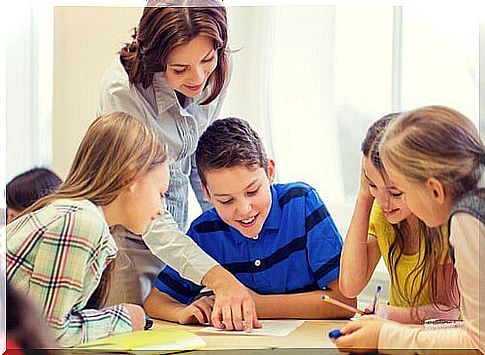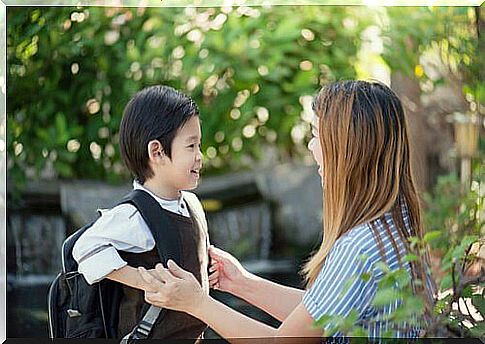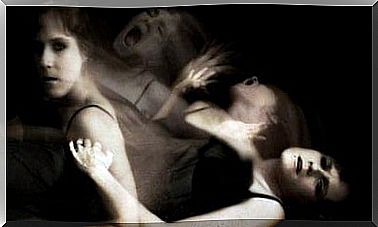The Puzzle Classroom: To Return To School Integration

“Together we are strong”. This quote captures the goal of the “puzzle classroom”. The puzzle classroom is a type of classroom where students are trained in social integration, cooperation and empathy.
From the age of 6, the child’s brain has developed so much that you can explain things to them about how not to behave badly and how to control yourself. This is why the child’s school year is the best time to create behavioral habits based on peaceful and respectful coexistence.
For most children, the first days of school mean a big change. They are not little babies in the home anymore. They are now students who have to take on new responsibilities and duties, and learn to play different roles.
One of these, the so-called “student role”, means that they must learn how to interact and create relationships with other children in the same age group, or children outside their age group. They now also get new role models and guidelines that they use to question and judge themselves and everything around them.

Think what a classroom with mixed religions, traditions, skin color and learning background can mean to them. But if they adapt to this based on a wrong approach, it can be very complicated in the end.
More migration means that a monocultural society will be transformed into a multicultural one. It is therefore important to realize that this can actually be a good opportunity to teach children about tolerance, coexistence and social and cultural aspects.
This is where the technology of the puzzle classroom comes in. It was invented by Eliot Aronson and has had good results in groups with different levels of education and learning styles.
The “puzzle classroom” is a cooperative learning technique that aims to strengthen the main structure (the classroom) through constant interaction between the pieces (the children). It has a dynamic, functional but at the same time simple methodology. It creates groups where classmates must work together on a task to achieve a common goal.
The strategy sees each child as part of a group that only seems to be right if everyone communicates, cooperates and has the same goals. Children can have many different statuses in school (the popular, the marginalized, the rejected, the rebels) but these roles have no significance in the puzzle classroom.
The prejudices that children have often come from outside school. But it is the teachers who build on top of the foundation that has been built in the home. They must also be good at mediating between different cultures. So how do you structure this technology so that it works perfectly?
- First explain the technology: it shows the children what it is about, what their role is and what their goal is. It also motivates and teaches them basic social skills for group interactions. The teacher must emphasize that each student must cooperate and row the boat in the same direction.
- Then form the “main groups”: these should consist of 4-5 students from different cultures. The teacher should divide the learning goal into as many categories as there are people in the group. If the subject is language learning, one student can look up synonyms, one antonyms, one can change the order in one sentence and another can find out what “place” the word has…
- Then you form “expert groups”: in this group you gather students with the same category, where they debate and express themselves. One expert group searches for synonyms for a word, while another group searches for antonyms, etc.
- Finally, we have a reunion with the “main group”: each expert will return to their mothership and explain the results and what they have learned for the rest of the group.

There are many advantages to the puzzle classroom compared to conventional methods for improving relationships between students from different ethnic backgrounds.
The technique of the puzzle classroom…
- Helps students think critically and develop emotional intelligence regarding cultural aspects. With that said, they may not yet be mature enough to really awaken their moral side.
- Confront them with different perspectives while thinking about each student’s ideological and cultural differences. This also improves their skills.
- Promotes empathy and positive social contact between students. It also develops their solidarity.
- Ensures that they develop social skills so that they can interact with the group and express their views in an appropriate way.
- Promotes intelligence and creativity as it teaches them new intellectual skills.
- Teach them to work independently: when the children get better, it is good to let them become more independent. They can then make decisions themselves and build up their self-confidence and self-confidence.
The puzzle classroom is a cooperative learning methodology that has been very effective in creating a peaceful coexistence in the school, no matter how old the students are.
It helps them learn to be tolerant and show mutual respect. It also promotes their intellectual and cognitive development.








